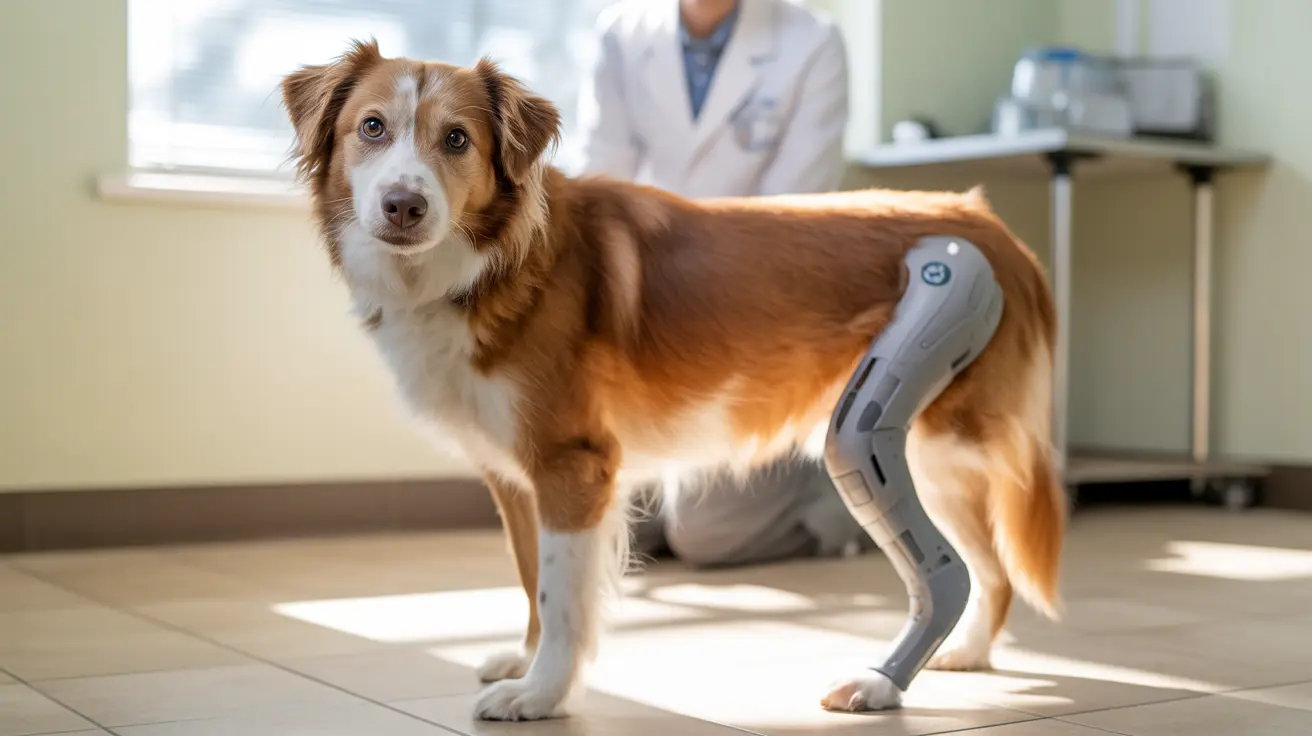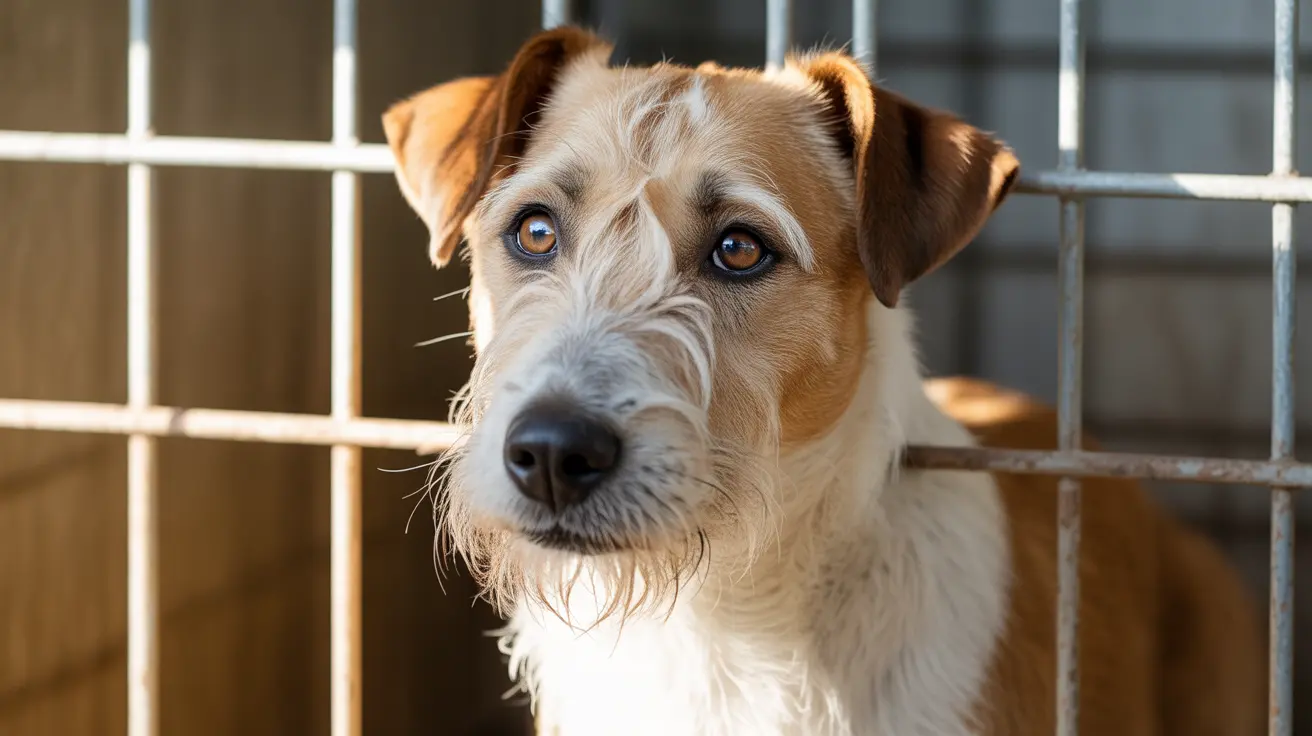Where Should You Place Your Dog in the Car: Trunk or Back Seat?
When it comes to traveling with pets, especially dogs, safety should be the top priority. Many pet owners grapple with the question: should I put my dog in the trunk or the back seat? The short and definitive answer is that dogs should never be placed in the trunk. Instead, the back seat with proper restraints is the safest option. Below, we explore why and how to ensure your canine companion stays safe on every car ride.
Why the Trunk Is Not Safe for Dogs
- Lack of ventilation: Trunks are often not ventilated properly and can become dangerously hot or cold.
- Crash risk: In a collision, a dog in the trunk has little chance of protection and could be severely injured.
- Legal concerns: Transporting animals in a dangerous manner can violate laws in many states and jurisdictions.
Back Seat with Proper Restraint: The Gold Standard
The safest spot for your dog is in the back seat, using a specially designed crash-tested harness, hard-sided crate, or certified pet carrier. These restraints significantly reduce the risk of injury during accidents or sudden stops.
Risks of Unrestrained Pets in Vehicles
- Projectile force: An unrestrained 60-pound dog can become a 2,700-pound projectile at just 35 mph.
- Distracted driving: Loose animals can distract the driver or block visibility.
- Escape risk: After a collision, a scared animal may run out through broken windows, posing a risk to itself and rescuers.
Proper Restraint Systems
Choose products that meet high safety standards:
- Crash-tested harnesses: Attach to seatbelts and keep dogs upright and stable (e.g., Sleepypod Clickit Sport).
- Hard-sided crates: Should be bolted to the frame or independently certified (e.g., Gunner G1 Kennel).
- Carriers with limited movement: Must be snug but allow turning and lying down (e.g., Sleepypod Mobile Pet Bed).
Dangerous Practices to Avoid
- Letting pets ride in truck beds: High risk of falls, injury from debris, and strangulation via tethers.
- Allowing dogs to stick heads out of windows: Leads to frequent ear, eye, and face injuries from dust or flying debris.
- Using extension tethers: These are not crash-safe and can cause serious injuries.
Training & Preparation Tips
- Acclimate your dog: Start with short, pleasant rides using restraints.
- Exercise before travel: Helps reduce restlessness and travel anxiety.
- Pack essentials: Include blankets, toys, water, waste bags, and any medications.
- Feed smart: Avoid feeding your pet right before trips to reduce motion sickness.
Legal Context and Best Practices
Several states mandate pet restraints in vehicles. Even where not required, following best safety practices is crucial for the welfare of everyone in the car.
- Never leave pets alone in a vehicle – even mild temperatures can be deadly.
- Airbags are dangerous for pets – only use the front seat with deactivated airbags and proper restraints if absolutely necessary.
- Understand your local laws regarding pet transport to avoid legal penalties.
Product Selection Tips
- Choose products certified by independent organizations like the Center for Pet Safety (CPS).
- Avoid marketing-only claims without verifiable safety data.
- Follow manufacturer instructions for fitting and installation.
Conclusion
Putting your dog in the back seat with an appropriate restraint system is not just safer—it’s responsible. Never place your pet in the trunk, and always prioritize crash-tested and certified products to ensure the well-being of both pets and human passengers. Whether you're taking a cross-country trip or a short errand, following these guidelines will help keep everyone safe and comfortable on the road.





